Absolute Distraction Disrupts, Absolutely! Unless you reside or work in a solitary,…
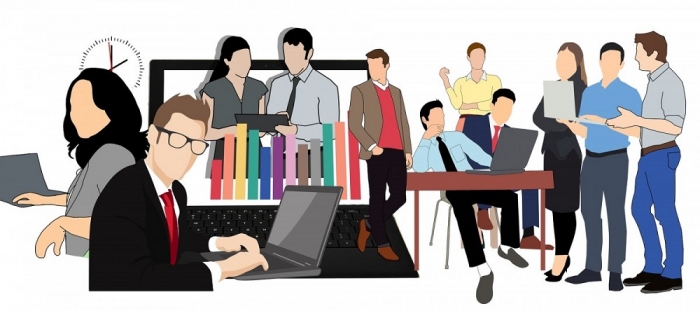
Distraction-Free Workspace: 6 Pro Strategies (Pt. 3 of 3)
1.
Distraction-Free Workspace: 6 Pro Strategies (Pt. 3 of 3)
Your distraction-free workspace is your sanctuary for success.
Give some thought to workspace particulars and enjoy a lower stress level.
In a moment, we’re going to look at professional prevention strategies. They will ensure outside distractions stay where they belong, on the outside. Not in your private workspace.
But first, do you ever find uninvited visitors or electronic media communications interrupting your work? These are arguably the most prevalent distractions in the workplace.
Regarding human and electronic distractions, be sure you have read Parts 1 and 2 of this series, Deflecting Distractions. You’ll be surprised how widespread these distractions are for working people. You’ll also learn how professionals effectively manage social intrusions, both the human and electronic. If you missed these valuable posts, you will find when you click here.
Today we are revealing the professional techniques that will set you apart from just managing distractions to mastering the problem of distractions.
Professionals allow nothing to interfere with their goals to get their work done.
A statistic tells us that 2% of the people in the world own 98% of the wealth. Why? The 2% don’t waste time. They master their ability to overcome distractions of all kinds.
With this knowledge, you will be able to create a personal working environment that meets your needs, even if your actual working conditions are less than ideal.
How Can You Create Your Personal Distraction-Free Workspace?
You don’t have to design a soundproof, closed-door private office in order to create the perfect working environment. Nor do you need to surrender your electronic devices. After all, you are likely using them to some extent in your work.
What you need is a space where you are able to think, plan and work without distraction. You have addressed the visitor problem and the electronic enticement problem. Now, what other distractions may cause you to stress?
Background Sights and Sounds
People have different levels of sensitivity and thresholds of tolerance for external stimuli. Thus, background sounds and sights can be very disturbing to some individuals.
These include outdoor noises, such as the city life of sirens and street traffic, air traffic, construction. If you think you are oblivious to environmental sounds, consider this:
Studies indicate that the continuous fleeting yet compelling stimuli of city life have a detrimental effect. They “can impair mental processes like memory and attention and leave us mentally exhausted.” The drain on brainpower reduces a person’s ability to shut out distractions from our main activity. This is a common condition known as directed attention fatigue. Without relief, this distraction can lead to impatience, forgetfulness, and chronic stress.
For some people, annoying distractions may extend to inside noises: passers-by, nearby conversations, children playing or dogs barking.
Highly sensitive people may have a fine-tuned discomfort with the continual hum of an air conditioner. I had a friend who lived near the shoreline, a lovely environment of natural sounds. However, his concentration broke with the breaking of ocean waves against the shore!
Remember, the professional will not succumb to obstacles. If you want your workspace free of distraction, you explore all options until you find what works for you. Try these prevention techniques to see which is best for you. They work for both mild and major interferences.
#1: Wear Earplugs or Headphones
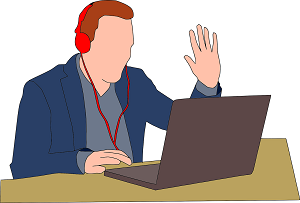 Earplugs, not earbuds, are sponge plugs made especially for sound absorption. When worn correctly, they muffle outside sounds to near silence. Look for the ones the construction workers use – they’re the best!
Earplugs, not earbuds, are sponge plugs made especially for sound absorption. When worn correctly, they muffle outside sounds to near silence. Look for the ones the construction workers use – they’re the best!
Another option is to wear headphones – the kind with the built-in noise-canceling feature. Try them out at the electronics stores, like BestBuy, where you can sample and compare several brands for comfort and effectiveness.
For a surefire block to external sounds get an ear protection headset made for the firing ranges. You’ll turn your distraction-free workspace into a virtual sanctuary of silence.
Bonus for wearing headgear: Passersby will be less likely to interrupt you if you appear to be already listening to something while you work.
#2: Listen to Music or White Noise
Soft music, New Age music or natural sounds can create an unobtrusive background that drowns out external noises.
Some people like white noise. This is the term given to a type of continuous, non-distracting static. It is the fuzz you would hear “between stations” on a radio or TV. Some people find this helps cancel out the distracting impact of other sounds in the immediate environment.
Numerous sound clips and music files are available online free for streaming or downloading. Just be sure you are not turning on your favorite rock group or you’ll be creating other distractions of the entertainment kind.
#3: Change Your Location
Perhaps earplugs, headphones, music or white noise are not the solutions for you. Don’t despair!
This is the time to identify a quieter location conducive to your needs. While perhaps impractical, remember: The professional lets nothing interfere with his work requirements.
Sometimes the hum or buzz of utilities travels a certain pathway and hits the ear from a certain angle. Adjusting your sitting position or moving your desk around may solve this. If not, then the only way to eliminate this funnel of sound into your ear would be moving to an entirely new spot.
If changing your location is absolutely impossible, then consider the next technique.
#4: Adjust Your Schedule
This strategy requires you to alter your work schedule to avoid distraction at certain points of the day.
If you’re working at home, the best work time may be when everyone is asleep. You have your own private space to work, entirely free of distraction of any kind.
In an office, you might create distraction-free periods by scheduling an alternate open-door time for exchanges or conferences with colleagues.
In any case, reserve work time for when people at home or at the office will be least likely to interrupt you.
This is a critical step in fashioning your personal distraction-free workspace for optimum stress-free productivity.
#5: Take Measured Breaks
Breaks are important. Make no mistake, putting work aside for a while keeps your mind fresh, focused and alert.

Breaks divert your eyes from close work and help prevent eyestrain and fatigue. Moving around stimulates your body and helps pump blood to your brain.
However, as with all good things, you must monitor your breaks.
Breaks too frequent or too long can develop into distractions from responsibility.
The solution to too many and too long is to pre-schedule your breaks. If you pay attention to your concentration periods, you can readily schedule your work for a measured amount of time.
These are some ways people pre-schedule their breaks:
Some people recommend a 2-minute standing break every 20 minutes to keep your body healthy. Others prefer a 20-minute break after 90 minutes of work (Extreme Productivity, Robert C. Pozen) Figure your cycle and remind yourself with a break-alarm, such as BreakTaker.
Another way to pre-schedule your breaks is to peg your them to milestones. Set a few minor goals en route to completion of a task. As you reach each goal, check it off, get up, and walk around.
Consider scheduling progressively longer breaks to raise your incentives and rewards. For example, when you’ve finished more than 70% of a task, reward yourself with a seventh-inning stretch, if you will, and allow it to last longer.
You can also withhold your extended break until you have completed the task.
The milestone method has extra benefits: It ensures you stay on track to complete the entire task. It mentally programs you to reach your goals and rewards you for achieving them. Incentives, rewards, and completion support your self-esteem. All these contribute to a lower stress level.
In both cases, you can return to work refreshed to start a new activity. And you are less inclined to give in to distractions because you have enjoyed a measured reprieve from work.
This is the way to nurture yourself and minimize your susceptibility fo distraction and stress throughout every workday.
#6: Be Flexible
My mother stayed vibrant and youthful all her life, to the point where even her doctors were fooled by her age. Asked so many times what her secret was, she always replied, “Working hard and being flexible with life.”
Despite our exhaustive efforts, there will always be distractions that come and go. Allow yourself to be flexible. You can use the interruption to mentally recalibrate and review your task. Cleverly turn the distraction into a constructive break.
Sometimes life can be likened to the work of an airplane pilot, who spends 97% of his airtime turning the plane back on course.
The consummate professional will never allow happenstance occurrences or the exigencies of life to deter him from the course to his targeted goals.
Be not deterred by occasional inconveniences. Know that all things shall pass, accept the matter and get right back on-task. Result: Less stress, greater productivity, happier life.
The Takeaway:
Your ability to deflect distraction of any kind directly correlates with your work performance. Distractions, minor and major, are bound to come your way. Having the professional style strategies in your mental toolbox help you to maintain a distraction-free workplace that suits your needs. As a professional, you never allow any needless distraction to deter you from your goals, short-term or long-term.
Let us know if these remedies work for you.
Do you have another solution to distraction?
Tell us in the Comment box.
10 Stress Habits and Alternatives!
If not, click here

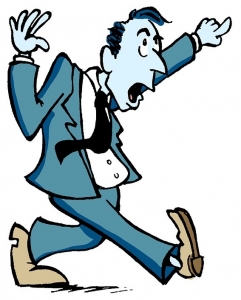
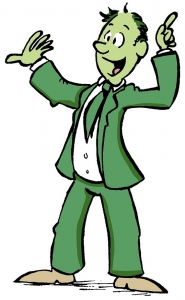
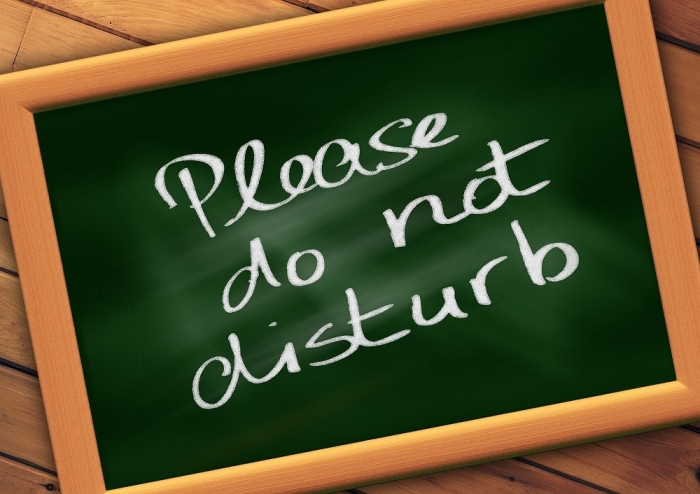
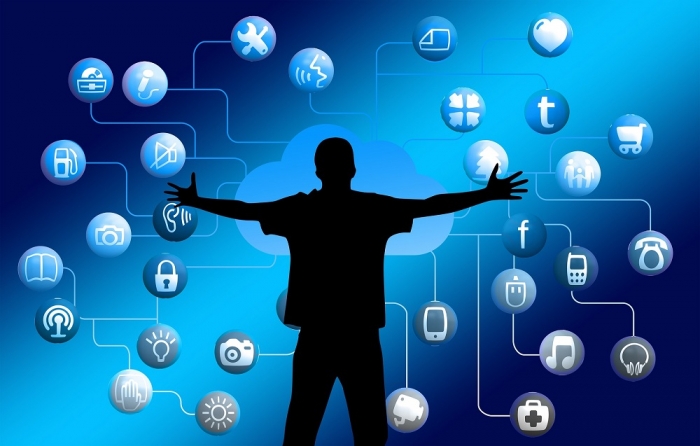
I enjoy reading through a post that can make people think. Also, thank you for permitting me to comment.
Oh my goodness! Impressive article dude! Many thanks, However I am going through troubles with your RSS. I don’t know the reason why I cannot subscribe to it. Is there anybody having similar RSS problems? Anybody who knows the answer can you kindly respond? Thanx.
This site was… how do I say it? Relevant!! Finally I have found something that helped me. Thanks!
I blog frequently and I truly thank you for your content. The article has really peaked my interest. I’m going to bookmark your site and keep checking for new details about once per week. I subscribed to your RSS feed as well.
I used to be able to find good advice from your articles.
That is a really good tip especially to those new to the blogosphere. Simple but very precise info… Thank you for sharing this one. A must read post!
i really hate it when my sebaceous gland are producing too much oil, it really makes my life miserable,
Having read this I thought it was very enlightening. I appreciate you finding the time and energy to put this article together. I once again find myself personally spending way too much time both reading and posting comments. But so what, it was still worthwhile!